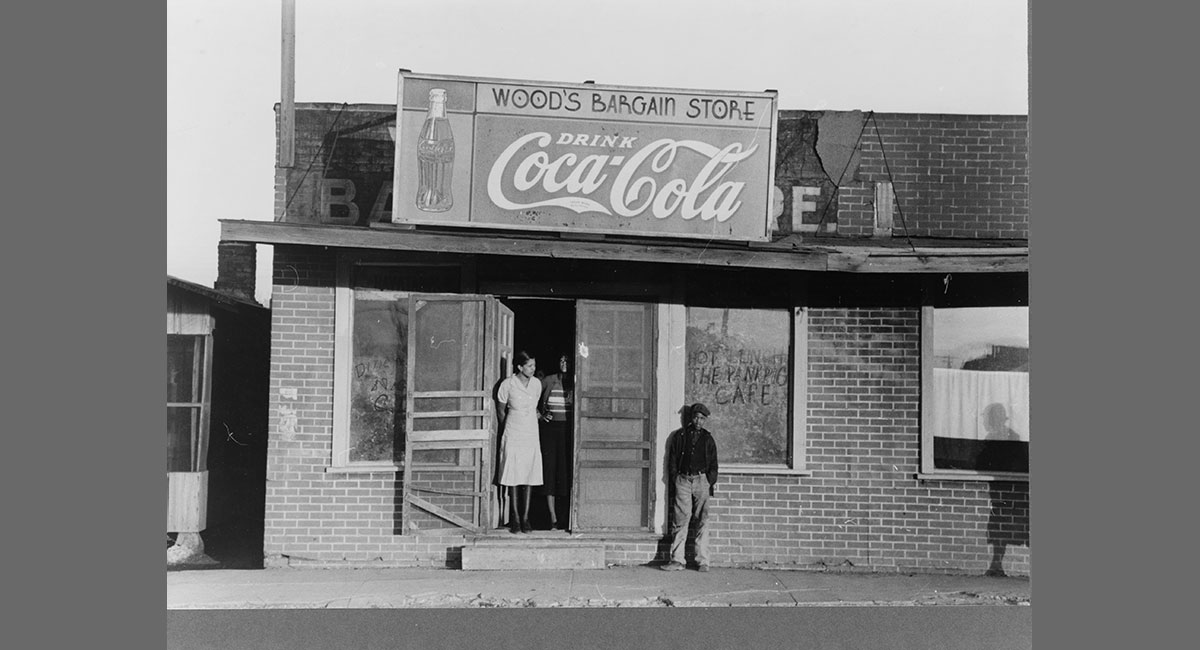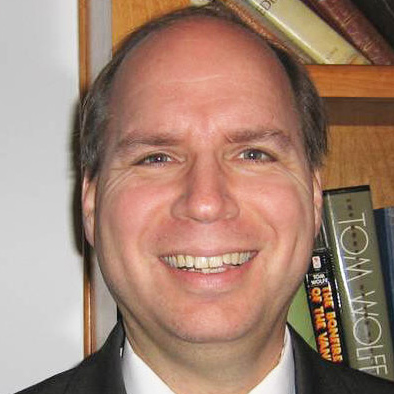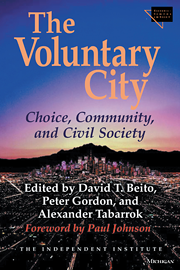Although the black-controlled town of Mound Bayou had always punched well above its weight in the fight for freedom, it was in the 1950s that it had its greatest impact. It served as a secure operating base for Dr. T.R.M. Howard’s Regional Council of Negro Leadership (RNCL). Founded in 1951, RNCL was for a time the most powerful civil rights organization in the South, whose officers included future civil rights icon, Medgar Evers, who had come to Mound Bayou to sell insurance for Howard. His experience as Howard’s protégé enabled him to go on later to become the first field secretary of the Mississippi NAACP. The RCNL successfully boycotted service stations that denied restrooms to African Americans, using the slogan on ten thousand bumper stickers, “Don’t Buy Gas Where You Can’t Use the Restroom.” Throughout the South, these bumper stickers communicated a subversive message which was directly traceable to one little town.
The RCNL also organized rallies in Mound Bayou, which drew as many as ten thousand, including such budding activists as Fannie Lou Hamer. Two prominent headliners were NAACP attorney Thurgood Marshall and the famed gospel singer Mahalia Jackson. Despite many inflammatory speeches, including Howard’s crowd-pleasing story that the race-baiting late Senator Theodore G. Bilbo had sent a message from hell, there was no apparent violence. One reason was that any white person in the all-black town would have immediately stood out. Another deterrent to any attacker was that members of the crowd, including key officers of the RNCL such as Howard, were heavily armed, thus precluding a successful escape.
But Mound Bayou’s pro-freedom political environment was the essential precondition for the RCNL’s success. Mayor Benjamin A. Green declared in 1954:
Our town, I say, is the most free city in the South. I say this because I have seen so much injustice done my own people I could not pass it on. Could you? As a rule, down South there are certain places where we can live—eat, drink. There are back doors that we all know. So Mound Bayou is free. We keep it that way. Anybody comes in gets equal treatment before the law.
Mound Bayou’s reputation as a beacon of freedom had consequences for African Americans that transcended its boundaries. To those who regarded the community as an isolated and smug black island, for example, Green answered:
We don’t ask for patronage because we are colored. Our business enterprises do not compete on a colored basis. We can’t afford to build a Chinese wall around Mound Bayou. We believe that all avenues should be open to all persons and we welcome tourists who will assuredly get their money’s worth out of our town...and there’s no place where Negroes can’t go.
These “tourists,” were instrumental in disseminating pro-freedom ideas beyond Mound Bayou. They included tens of thousands of African Americans who came there each year from other communities to attend RCNL rallies as well as to patronize the town’s hospital and entertainment facilities. These visitors often got their first exposure to a Southern town where members of their race voted, held office, enforced the laws, spoke freely, and walked through the front door. Their day-to-day experiences in Mound Bayou were an inspiration for changing their own communities.
After the Supreme Court’s ruling in 1954 against school segregation in Brown v. Board of Education, the RCNL made its strongest challenge yet to Jim Crow by circulating petitions among black parents to desegregate Mississippi’s public schools. The campaign encountered brutal retaliation from the white segregationist Citizens Councils who put pressure on white local bankers and other merchants (many of whom were members) to impose a “credit freeze” on civil rights activists. When the RCNL and NAACP joined forces to recruit African Americans to petition for school integration, white newspapers retaliated by printing the names of the signers. The resulting intimidation was so formidable that the RCNL abandoned the strategy, stating that continuing participation was akin, as Howard put it, to shooting bear with a cap pistol.
The RNCL may have retreated on one front, but attacked on another. It boldly announced a counteroffensive against the Citizens Councils, including a plan to encourage black businesses, voluntary associations, unions, and churches to transfer the bank accounts into the black-owned Tri-State Bank in Nashville. The goal of this “anti-freeze fund” was to enable the bank to advance loans at market rates to civil rights activists who were otherwise unable to get them. The NAACP not only embraced the proposal but made it a major priority. In the next months, Tri-State depositors came to include the North Carolina Mutual Life Insurance Company (one of the largest and oldest black companies), the Brotherhood of Sleeping Car Porters, the Mississippi Prince Hall Masons, the Knights and Daughters of Tabor, the national African Methodist Episcopal Church, and various locals of the United Automobile Workers. Black newspapers kept a running tally and NAACP officials such as Medgar Evers assisted in handling applications.
These efforts contributed to a noticeable thaw in the credit freeze. In February 1955, for example, a high NAACP official in Washington concluded that “complaints of economic pressures have suddenly ceased to exist.” Sylvester Bowens, a farmer from Glendora, Mississippi, exuded to the organizers of the fund: “Only Heaven knows the relief your newspaper and others, the NAACP, and Dr. T. R. M. Howard of the Regional Council of Negro Leadership brought to my happy soul.”
While the “anti-freeze fund” had helped Mound Bayou-based RCNL to survive the racist onslaught of the White Citizens Councils, the segregationist offensive never seemed to let up. In August 1955, critically important events were unfolding in the small Delta town of Money, Mississippi that not only put Mound Bayou back in the national spotlight but also altered the course of American history.











